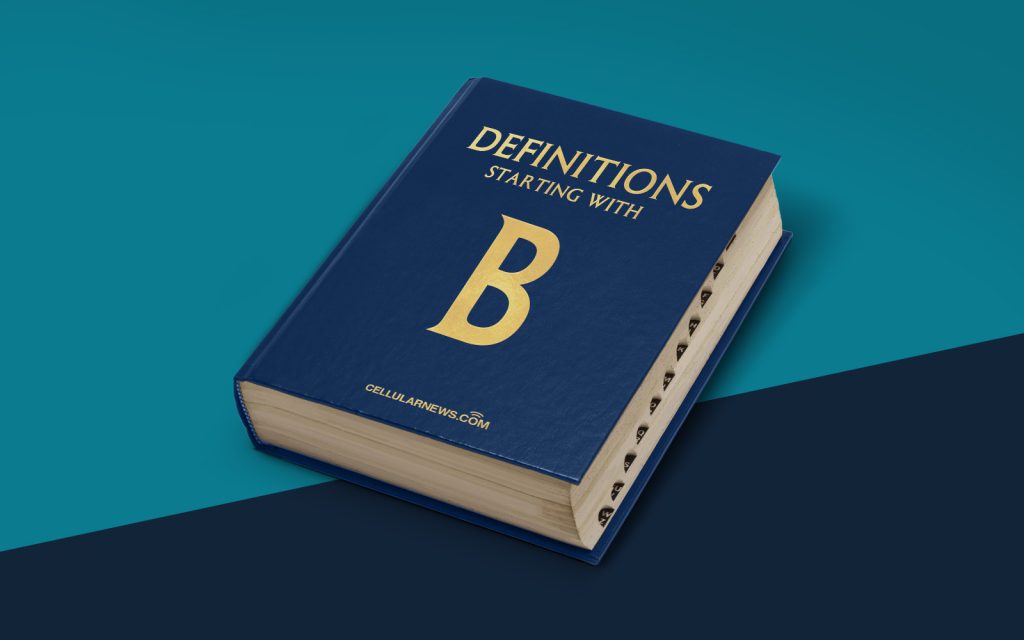
Introduction to Binary-Coded Decimal (BCD)
Hey there, 8th graders! Have you ever heard about Binary-Coded Decimal, also known as BCD? If not, don't worry! I'm here to explain it to you in a fun and easy way.
Key Takeaways
- BCD is a way of representing numbers using a combination of binary digits.
- It is commonly used in digital systems, such as calculators and digital clocks.
Binary-Coded Decimal (BCD) is a way of representing numbers in a form that is similar to the decimal system we use every day. However, it's a bit different because it's based on binary, which is the language that computers use to communicate.
Now, let's dive a little deeper into what BCD is all about.
Understanding BCD
-
Binary Digits: In the binary system, numbers are represented using only two digits: 0 and 1. This is different from our decimal system, which uses ten digits (0-9).
-
Decimal Digits: BCD represents each decimal digit with a 4-bit binary number. For example, the decimal number 5 is represented as 0101 in BCD.
-
Usage: BCD is commonly used in digital systems where decimal numbers need to be displayed or processed. For example, in digital clocks, calculators, and other electronic devices.
-
Advantages: BCD makes it easy to perform arithmetic operations, such as addition and subtraction, using simple binary logic.
-
Limitation: One of the limitations of BCD is that it is not as space-efficient as other binary representations, such as the binary system used in computers.
So, in a nutshell, Binary-Coded Decimal is a way of representing decimal numbers using a combination of binary digits. It's used in various digital systems and provides an easy way to work with decimal numbers in the binary world of computers.
I hope this explanation has given you a better understanding of what Binary-Coded Decimal is all about. Remember, next time you see a digital clock or use a calculator, you'll know that BCD is working behind the scenes to make it all happen!
